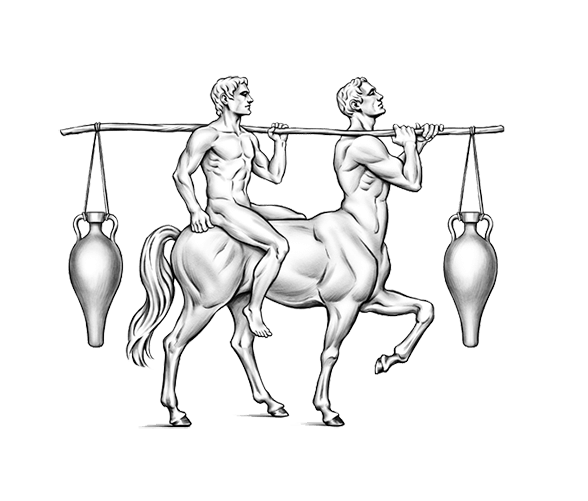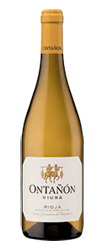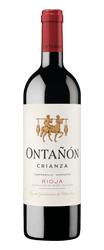Clásicos Collection
Fuimos, somos, seremos
Clarete
The colour of the petals
of a wild rose
Claretes have been part of the Rioja winemaking tradition since bygone times. Fresh, cheerful wines, a mix of two varieties: viura and tempranillo. In the Quel Bodegas Quarter they have been making them since the 18th century.
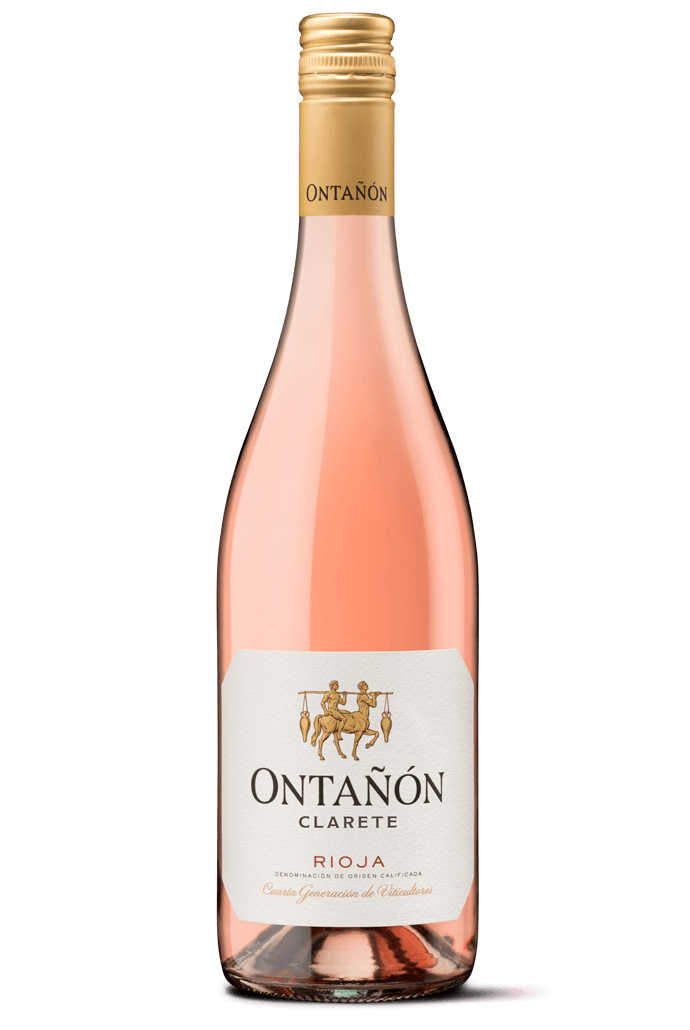
Tradition and Riojan
identity
In Quel, at the foot of the Sierra de Yerga, in its Bodegas Quarter, there is documentary evidence recording how clarete wines have been made since time immemorial.
In our town, in Quel, clarete was made in the wine presses of the historic Bodegas Quarter and represented a distinguishing mark of the way of sensing and enjoying the wine in a relaxed way. It is, surely, a wine which reminds us of the fiesta, joyfulness and summer.
Claret, clairet and clarete
Miguel Ibáñez Rodríguez, in the book ’43 palabras de la vid y el vino’ (43 vine and wine words), explains that the word clarete is used as an adjective to go with the word wine or as a noun and its etymological roots go back to an Old French word: ‘claret’, documented in the 17th century and whose modern French version is ‘clairet’. In Bordeaux tere is an appellation called ‘AOC Claret de Bordeaux’,whose wines are characterised as being almost rosés – fresh and fruity. They are drunk when young and are the original descendants of wines which were shipped to England from this part of France during the Middle Ages and which gave the wines of Bordeaux their first claim to fame. ‘Clairet’ is a red wine with a pale colour which is produced through a short period of maceration of red wine grapes such as Cabernet Sauvignon, Cabernet Franc, Carmenère, Merlot, Malbec (Cot) and Petit Verdot. As Miguel Ibáñez comments, the Spanish word ‘clarete’ comes from the old french term ‘claret’, to which it was enough to ad a final “e” to comply with Spanish phonetics and spelling rules.
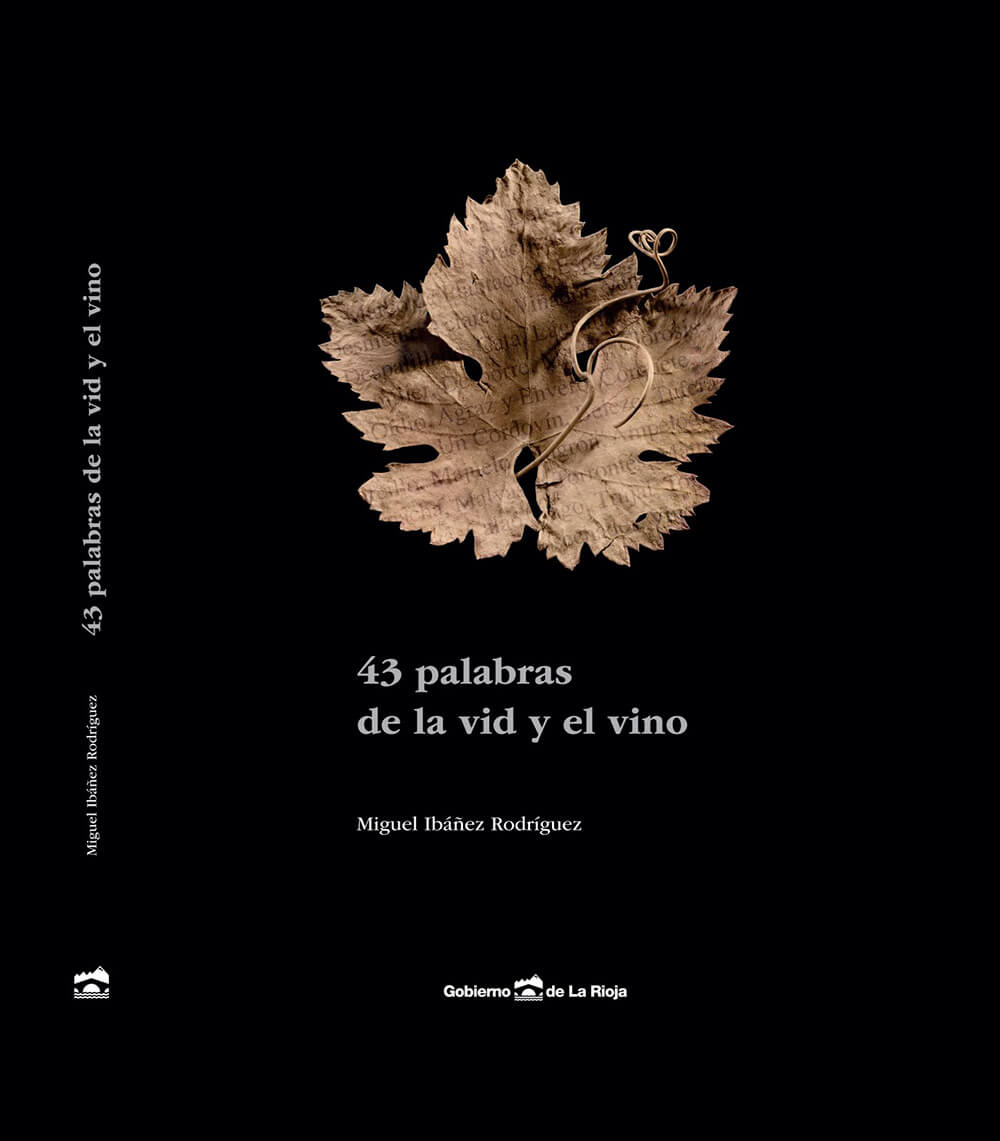
Cover of the book ’43 palabras de la vid y el vino’, work by Miguel Ibáñez Rodríguez.
The authentic Riojan clarete
However, the meaning of the word clarete in its Riojan oenological sense does not coincide with the French word from which it is derived, since it defines two different types of wine. In Rioja these wines are made from a blend of black grapes and must from white grapes, with the musts fermented in the presence of the dark skins and which obtain their characteristic colour from the skins-must maceration during alcoholic fermentation.
It is curious, according to Javier Pascual in the book ‘El vino de Rioja en sus etiquetas’, (The wine of Rioja through its labels), that the term which is repeated the most on the labels of Rioja until well into the 20th century is ‘clarete’. But this does not refer to those rosé wines made from a blend of white and black grapes but rather the English term ‘claret‘, used to refer to red wines from Bordeaux with a paler colour.
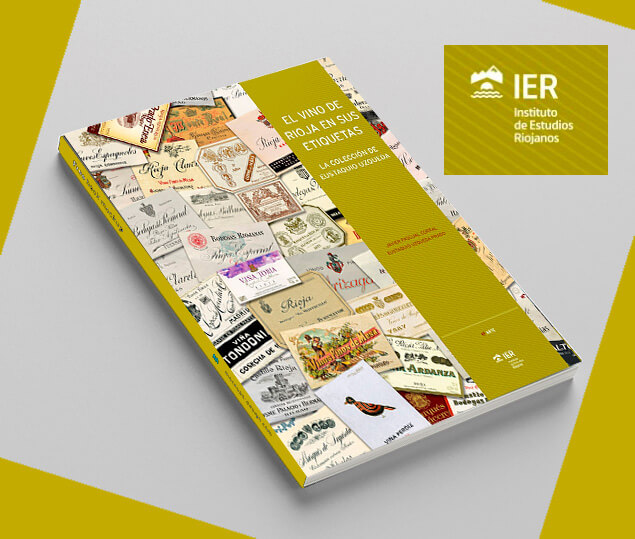
The book ‘El Vino de Rioja en sus etiquetas’, by Javier Pascual and Taquio Uzqueda.
Vino tinto claro
Alain Huetz de Lemps, a geographer and author of the monumental work ‘Viñedos y vinos del noroeste de España’ (Vines and wines from the northwest of Spain), also talks about the origin of clarete and its etymological ambiguity: “We can distinguish between clarete, a fairly pale red wine very populasr in the Basque Country, and the red tinto wine, a wine with a lot more body which is reminiscent of the wine from the south of Navarra. Red tinto wine comes especially from the Rioja Baja”.
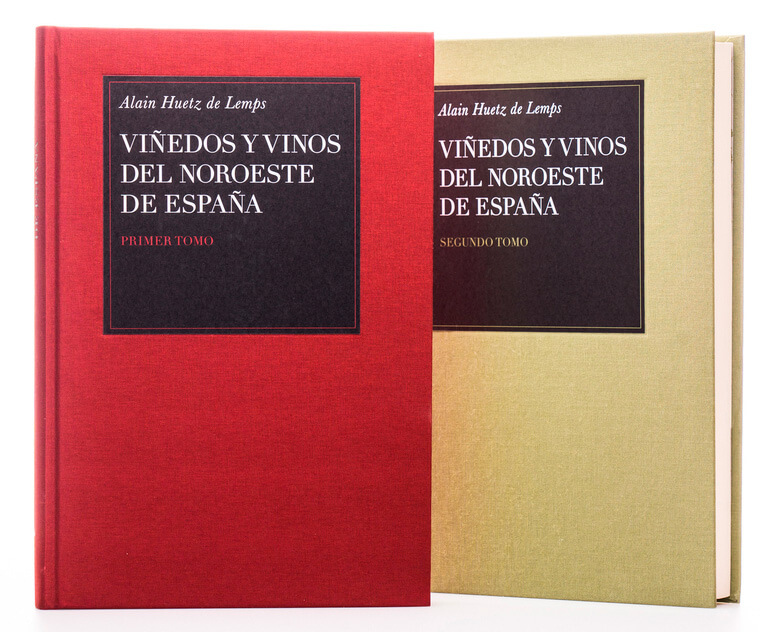
The book ‘Viñedos y vinos del noroeste de España’, the work of Alain Huetz de Lemps.
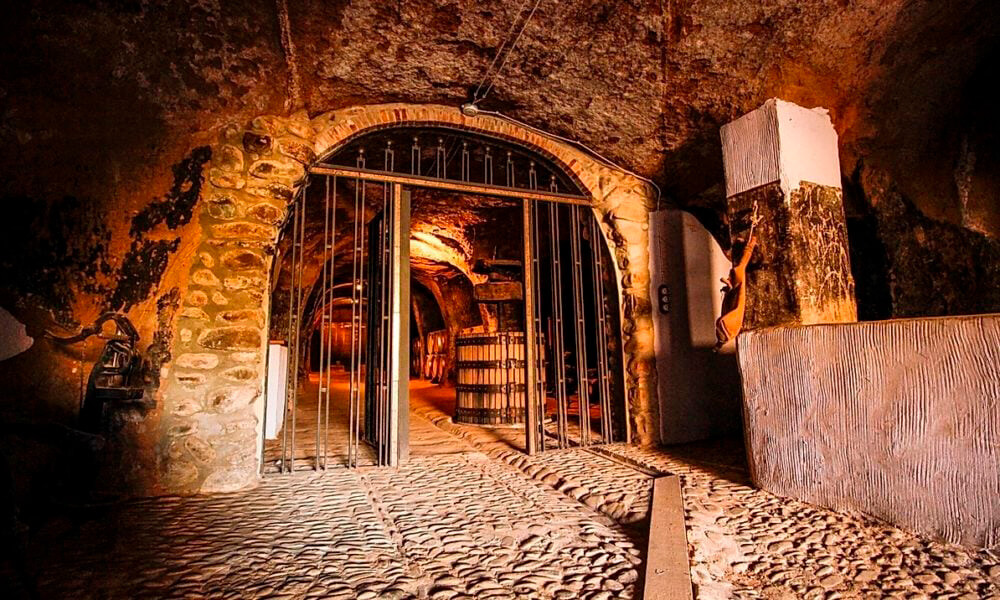
Historic stall of Ontañón, in the Bodegas Quarter of Quel.
The historic clarete from the Bodegas Quarter of Quel
The most widely accepted history tells us that the Rioja claretes and rosados originally come from the villages of the Najerilla valley: Badarán, Camprovín, Cordovín, Baños de Río Tobía and San Asensio, among others. However, in Quel, in the Cidacos river basin, in its Bodegas Quarter, there is documentary evidence recording how clarete wines have been made since time immemorial. As Emilio Barco and Luis Vicente Elías recall in their work ‘Los Barrios de Bodegas. El ser de La Rioja. Quel’ (Bodega Quarters. The being of La Rioja. Quel), in this town two traditional methods of vinification were followed: seventy percent red wines and the rest claretes.
In these wines, the must was left to macerate with the previously trodden grapeskins for up to a day. They were then pressed and the must was fermented in vats. The book about the history of Quel records that these wines had more colour that the ones from the Rioja Alta and that if they did not achieve this tone skins were added to the vats during the fermentation process and in January, witjh the first and only racking, these were removed. Various grape varieties were blended; red such as garnacha, tempranillo and mazuela, and white, such as viura, garnacha blanca and others unnamed or that have long since disappeared, such as anavés and chasselas.
It is curious, but in other Spanish winemaking regions, clarete is a red wine with little colour; that is, it retains the French sense. In Rioja, these wines are known as ‘ojogallo’ (for the colour of the eye of a cockerel) and in other parts of the peninsula, ‘tintilllo’.
Miguel Ibáñez Rodríguez, who links the etymology to the wine, explains that in some wine dictionaries, ‘clairet’ appears as the equivalent of clarete. The French form’clairet’, the English ‘pale wine’, German ‘klarettwein’ or Italian ‘chiaretto’ only serve to translate it as clarete when we are referring to a red wine with little colour, and in this sense they would also serve as a translation of ‘ojogallo’ and ‘tintilllo’, but not to translate clarete in the Riojan sense.
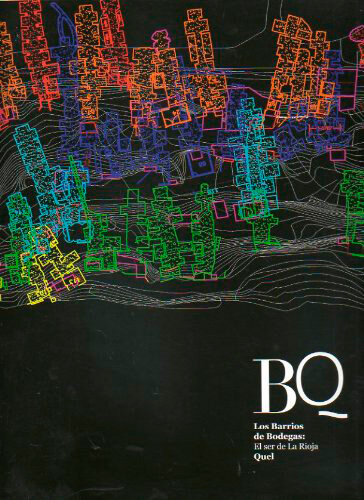
‘Los Barrios de Bodegas. El ser de La Rioja. Quel’, by Jesús Marino Pascual.
The lovely Ontañón
clarete
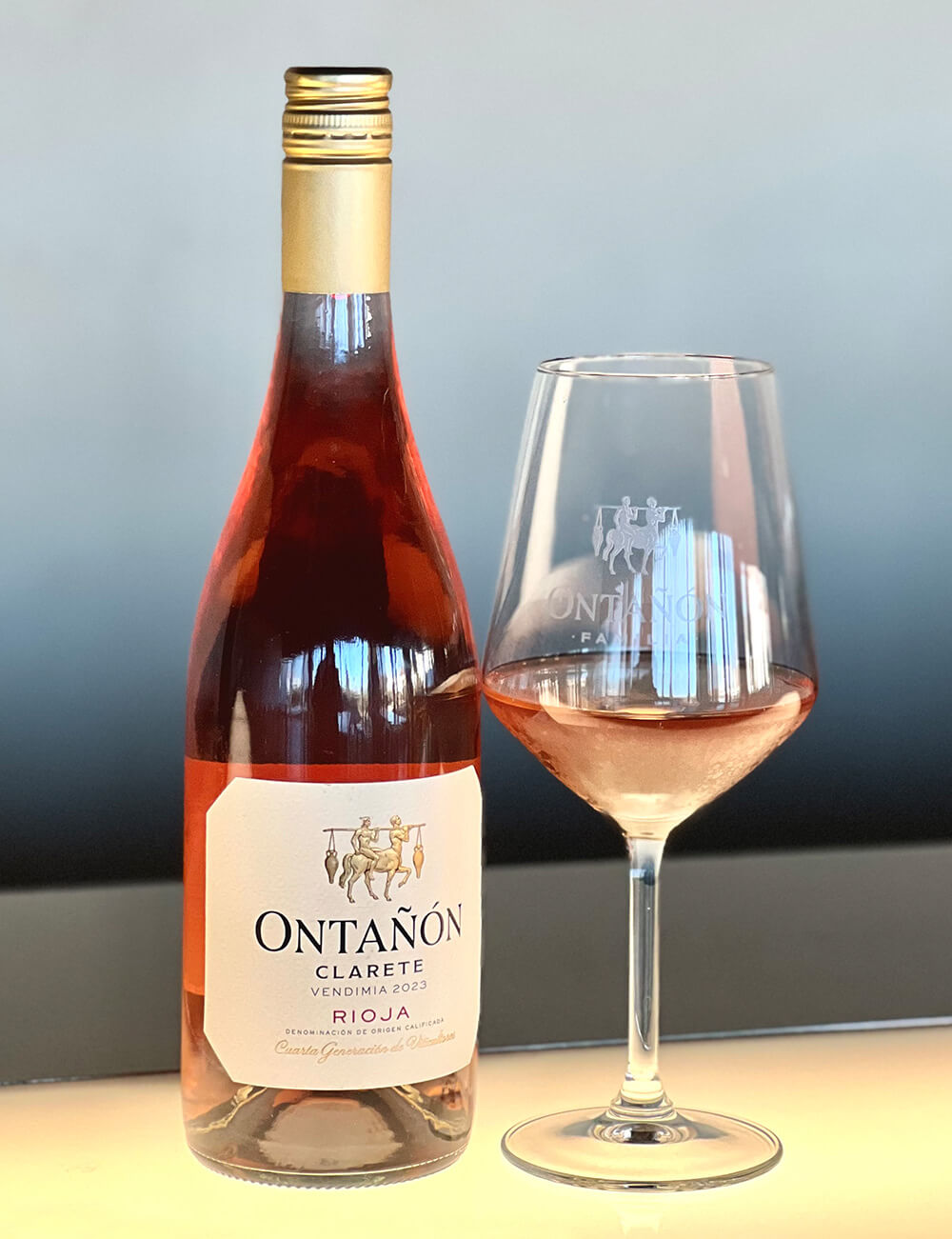
The idea of making a clarete in our winery goes way back. Rubén Pérez Cuevas, the Ontañón oenologist, explains that this type of wine has always been made in Quel. “It has been a tradition which has come down from the time when each family made their own wines in the Bodegas Quarter cellars. It was a wine which had a character very much linked to the family, blending the grape varieties. People liked it, it tasted of the summer, fiestas, to be drunk while you are grilling chops over vine twig embers. It is a wine with a huge tradition”.
How it’s made, step by step
The first step is to press the viura. We take the must we obtain to a stainless steel tank where we keep it for a week at a temperature of two degrees. Through this process we manage to decant the remaining pips and skins from the must in a natural way, without losing a jot of its personality, vigour and complexity. It is a natural débourbage process in which we also achieve a large part of the extraction of aromas.
When we receive the first trailers of tempranillo, wjhich is usually at the end of the week after pressing the white grapes, we only fill the vat a quarter full and then add the viura must by spraying over the tempranillo grapes. As the viura must is cold, fermentation does not begin immediately and there is a new maceration with the skins of the black grapes. It is not a problem if fermentation does not start until after a couple of days because this will mean greater transfer of aromas. Moreover, when it does start, it is in a natural, spontaneous way.
One of the most important operations of this process is the stirring. We do this once per day so that the skins are in constant suspension and mixed with the must in the tank and the traditional cap is not formed. This operation is performed so that there is a greater exchange of aromas and that unwanted contamination does not occur.
When the density reaches 1020, we run off the tank and the must – which is now begining to ferment – is taken to a new tank to complete the fermentation process as if it were a white wine, that is, with no contact with the skins. Once alcoholic fermentation is complete without the grapes, we manage to extend the length of this stage, helping us to preserve the primary aromas. When the fermentation ends, we again rack the wine in order to achieve the maximum separation of the rest of the lees which may have remained in the must. In addition, we control the temperature of the vats so as to keep them cold and to stabilise the wine naturally.
The interview
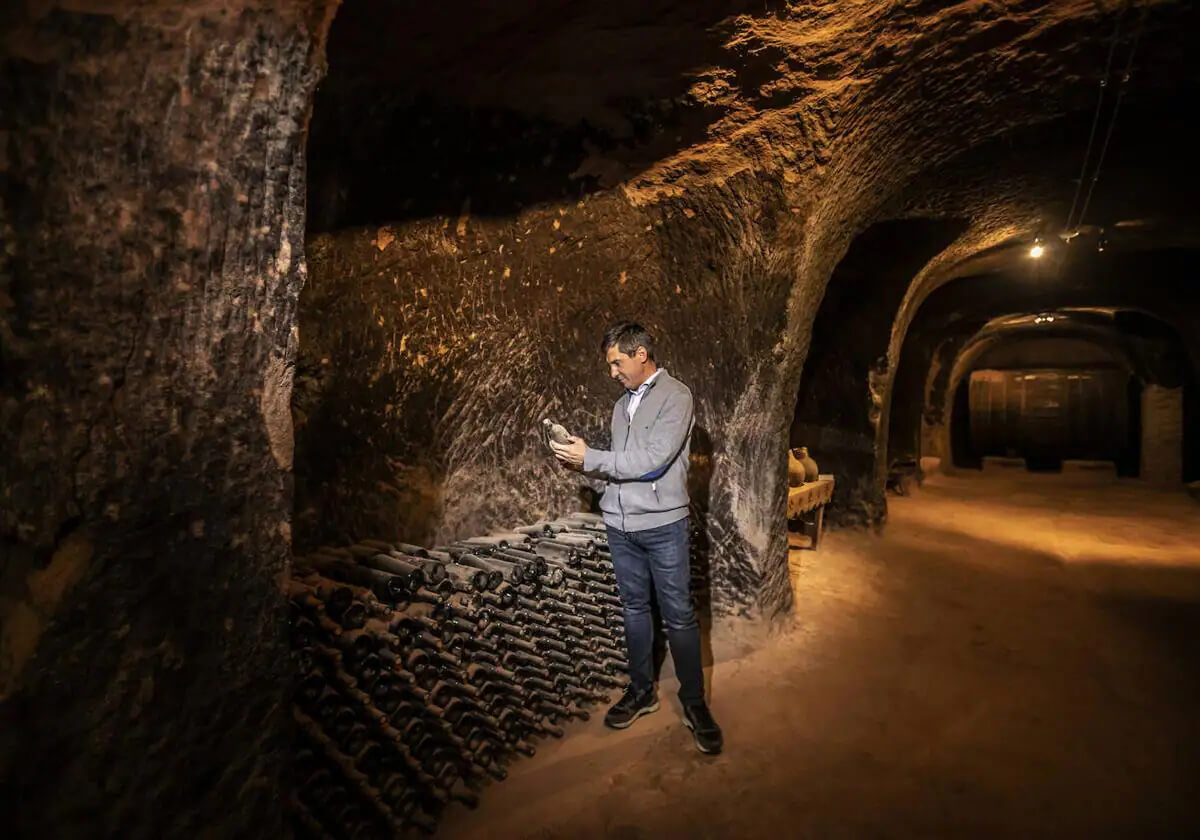
Rubén Pérez Cuevas, in the Quel cellars where the historic Ontañón clarets were made.
“It’s a wine which reminds us of fiestas, the summer”
How would you define the style of this Ontañón clarete wine?
It is a very typical Rioja wine, part of the primordial winemaking tradition of may villages, in which the white and black grape varieties were blended to produce fresh wines to be consumed young, without any time in the oak and which were made to be drunk and enjoyed at home. In our town, Quel, they were made in the wine presses of the historic Bodegas Quarter and represented a distinguishing mark of the way of sensing and enjoying the wine in a relaxed way. It is, surely, a wine which reminds us of the fiesta, joyfulness and summer.
Do you think it is a wine which is generally well understood or is it now when it has become trendy and has been more highly appreciated?
Sometimes habits just come and go, they are like fashions. Now we are experiencing a particular taste for the wines in the style of Provence, with little colour and very smooth. It is strange, as tjhis is a style of wine which has always been understood in our area as wines for fiestas, fresh wines for the summer.
In this clarete you play with two varieties:the black tempranillo grapes and the white grapes of the viura.What does each of these bring to the wine?
I prefer tempranillo to garnacha for the red wine part of this wine because it offers a perfect sensation of acidity, which we love. Moreover, tempranillo is ideal because in the fermentation process it offers us the acidity we are looking for in the blend. That is because we are seeking to obtain a wine which stand sout more for its acidity than its body. The viura is responsible for giving us all the sensations of freshness.
What are the main features of this wine?
Freshness, acidity and smoothness.
Tasting
A clear, bright lively wine with a pale pink colour with onion-skin hues and flashes of salmon pink.
An explosive nose with great aromatic intensity with a lot of floral notes as well as fresh, ripe fruit such as strawberries, redcurrants, raspberries and reminders of citrus fruit such as grapefruit. Together it reveals balsamic herb nuances with mint and spearmint.
Fresh, with citrus and floral notes and a very pleasant mouth-feel.
13 % Alc. by Vol
Downloads
Tasting Notes 2023
· PDF ·
Image Bottle
· JPG ·
Label
· PDF ·
Ontanon Claret Catalogue
· PDF ·
